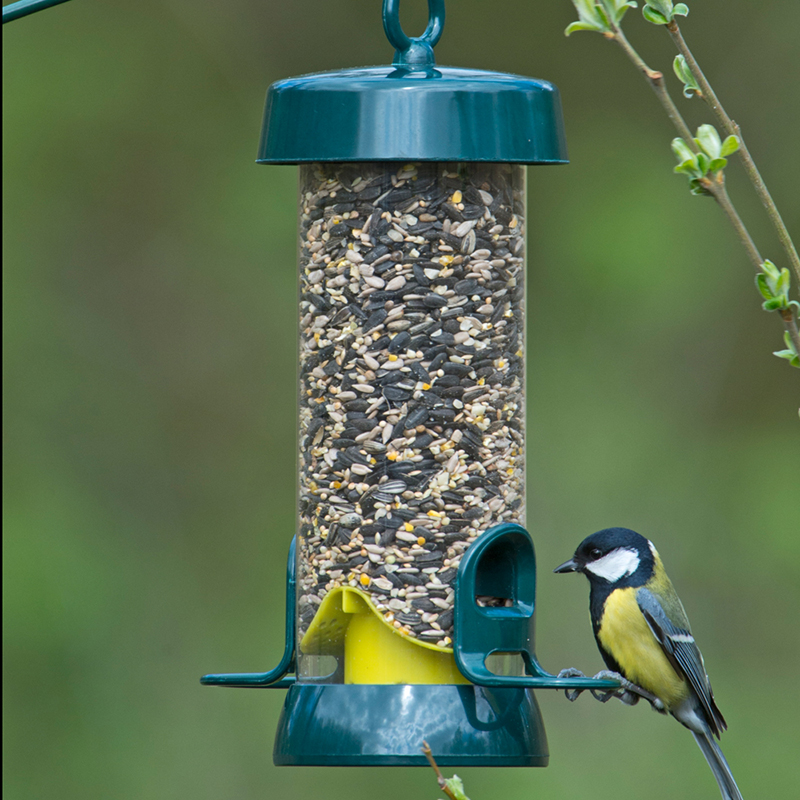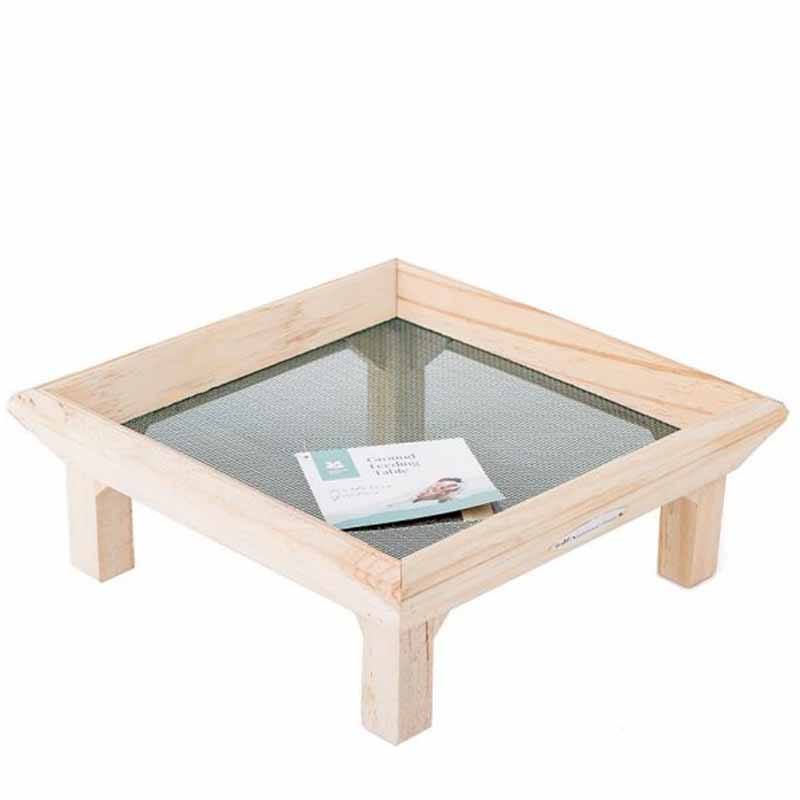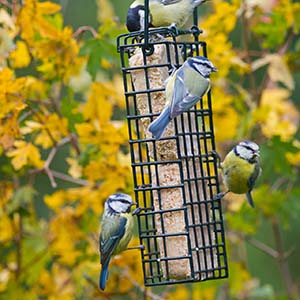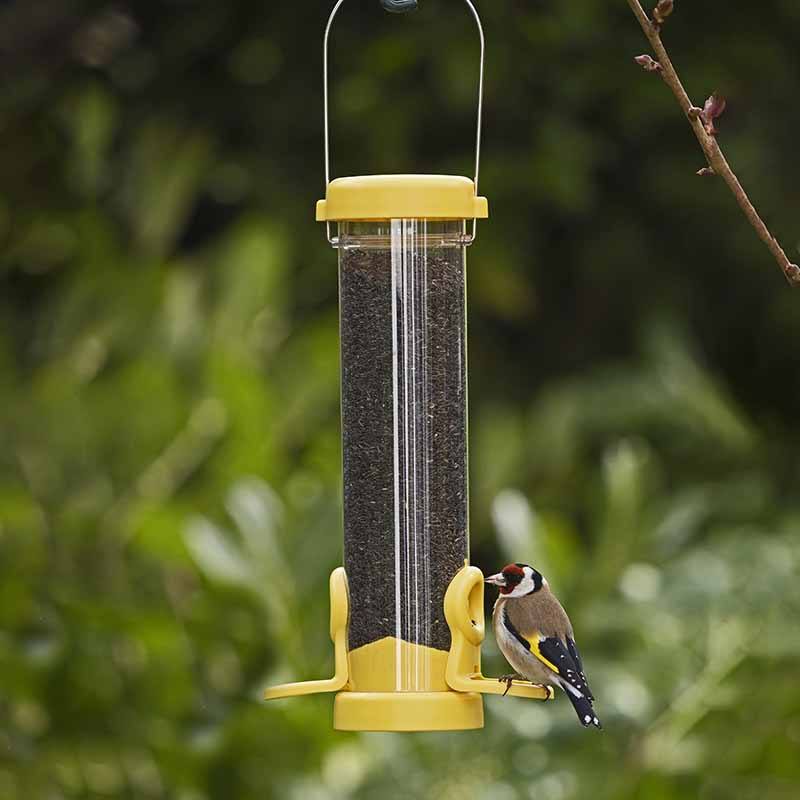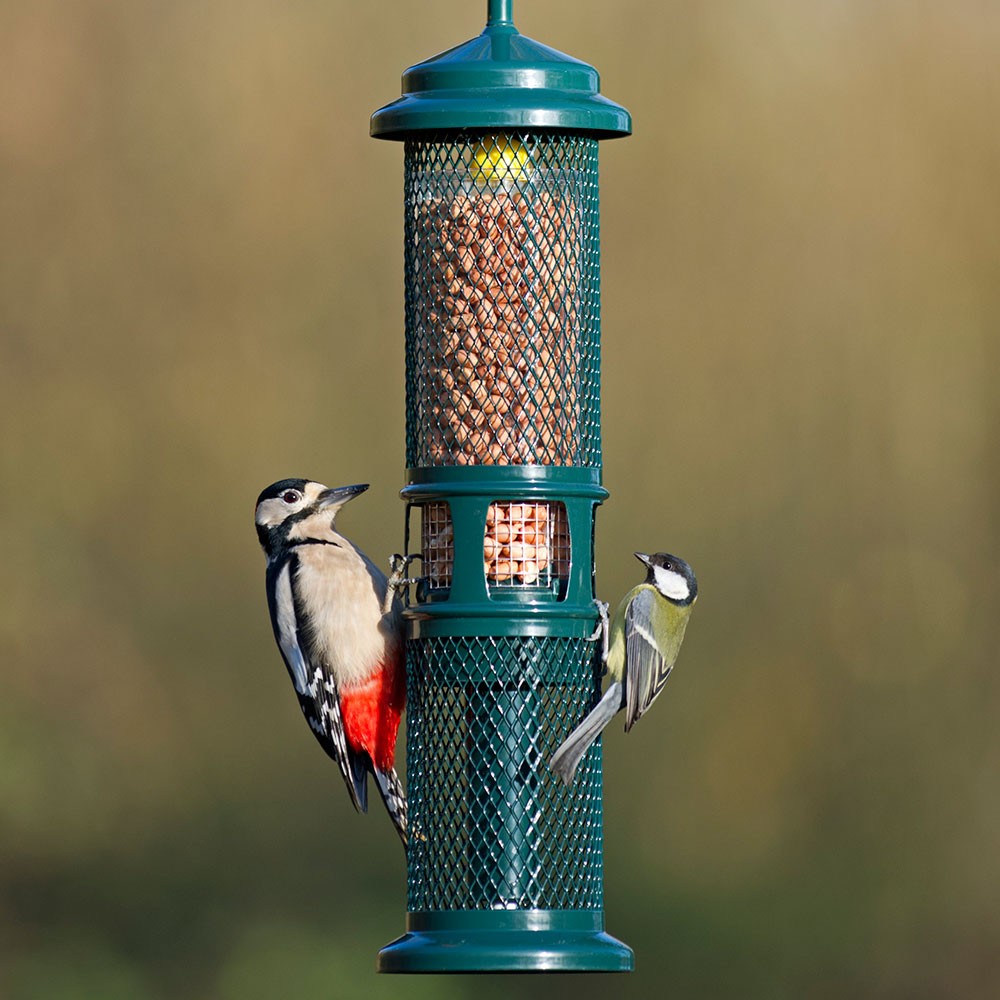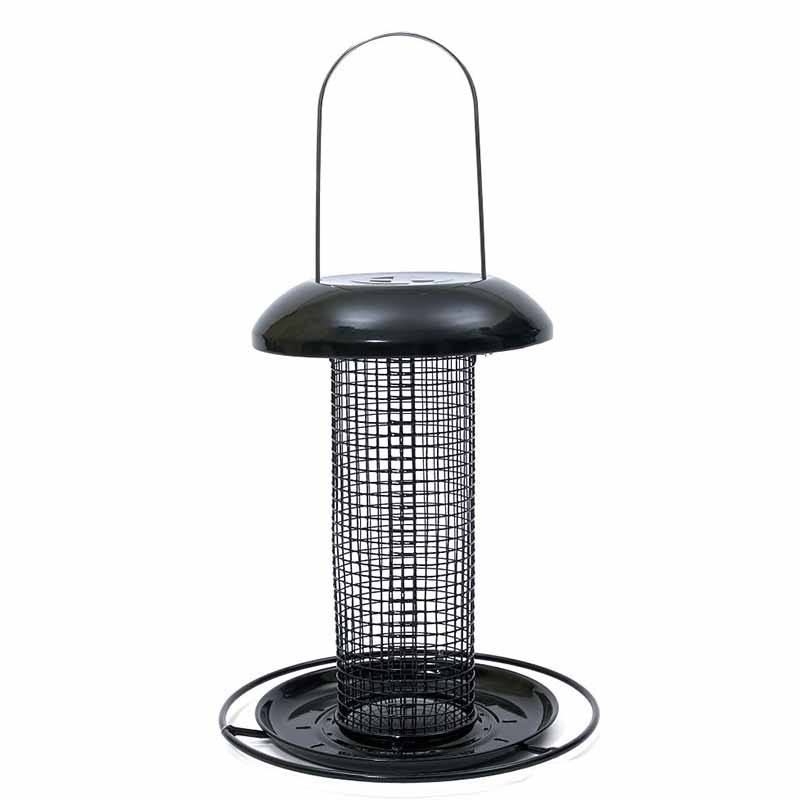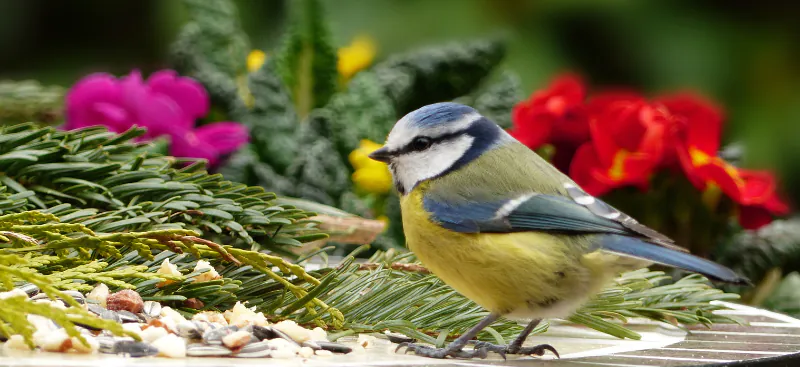How to Create a Wildlife-friendly Garden
As summer approaches, you may have noticed some new visitors in your neighbourhood. Wildlife is coming out of hibernation and bringing new life into the world; the variety of species on our doorsteps is astounding! But sadly, their numbers are declining due to urban development, which is destroying natural habitats and food sources. Fortunately, we have the power to give wildlife a helping hand and change their course of becoming endangered or extinct. With over 85% of households having gardens, many of us can transform our outdoor spaces into an oasis for wildlife with just a few small changes. Here are some top tips on how to create a wildlife-friendly garden.
Wildlife you can attract in your garden
Before we start making some wild changes, you'll first want to know what you can attract. With some species being more endangered than others, you may want to provide them with extra attention and aid. Here are the most common species you can attract with your wildlife-friendly garden.
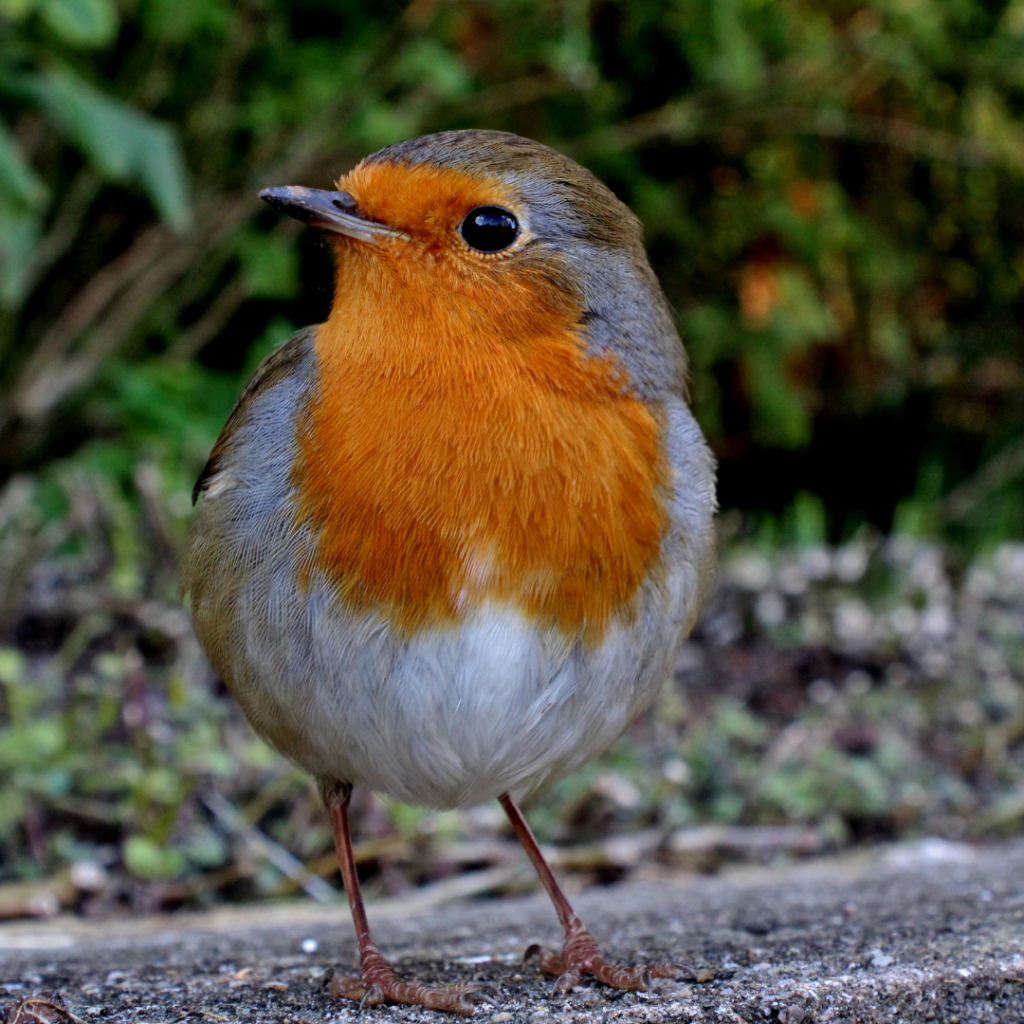
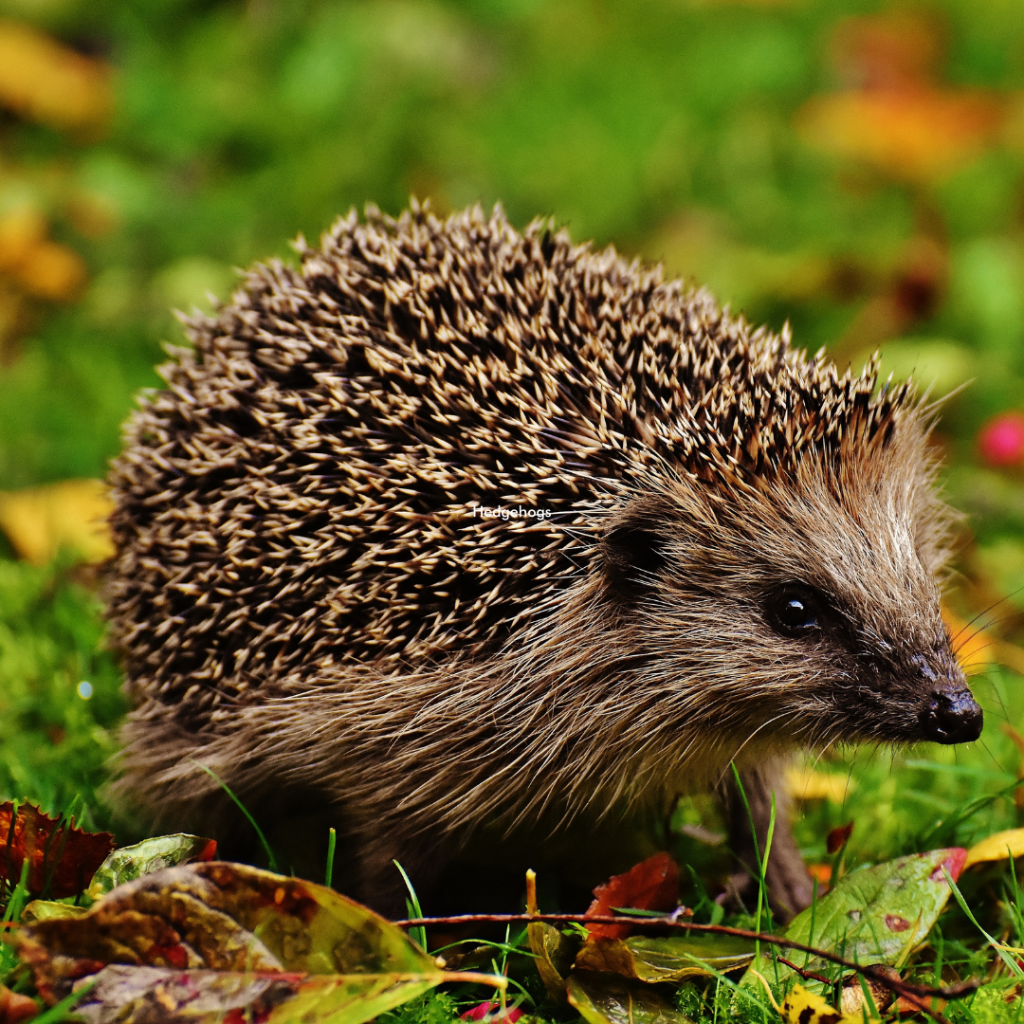
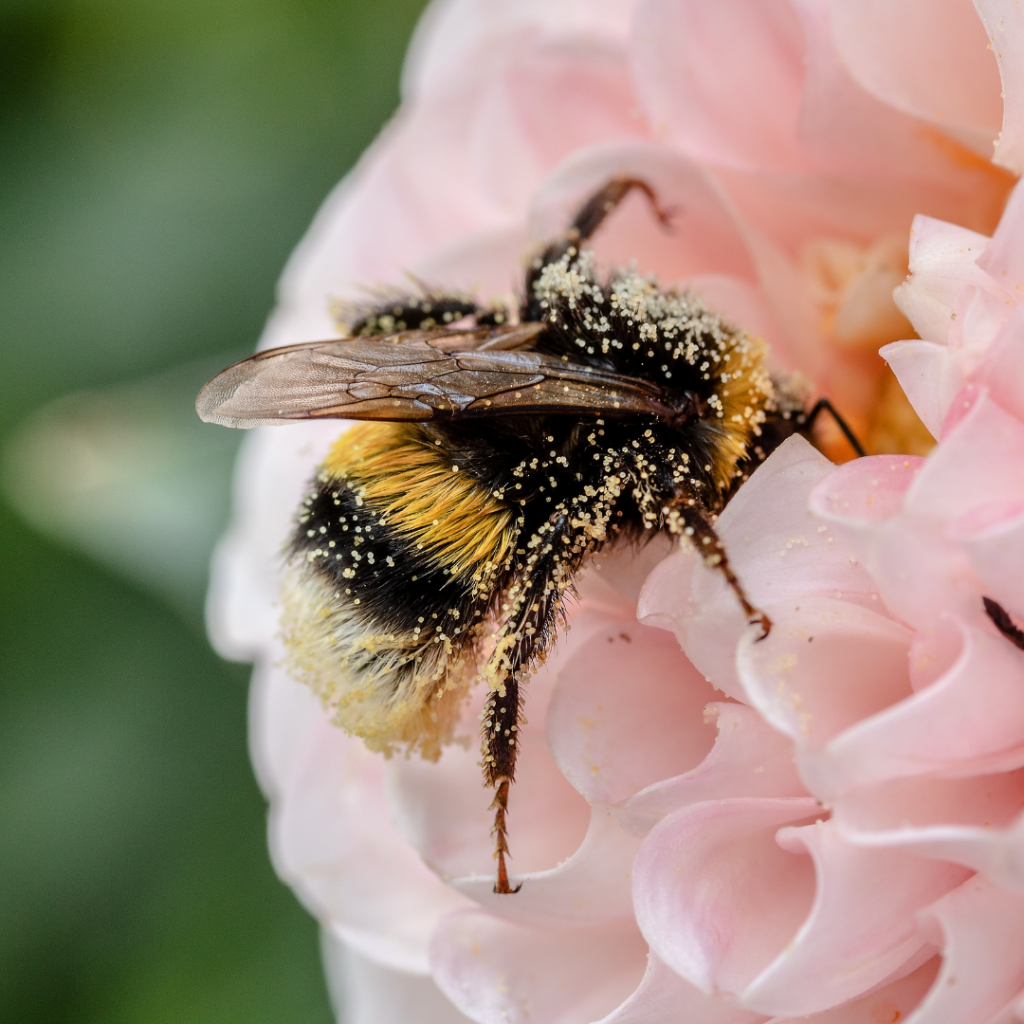
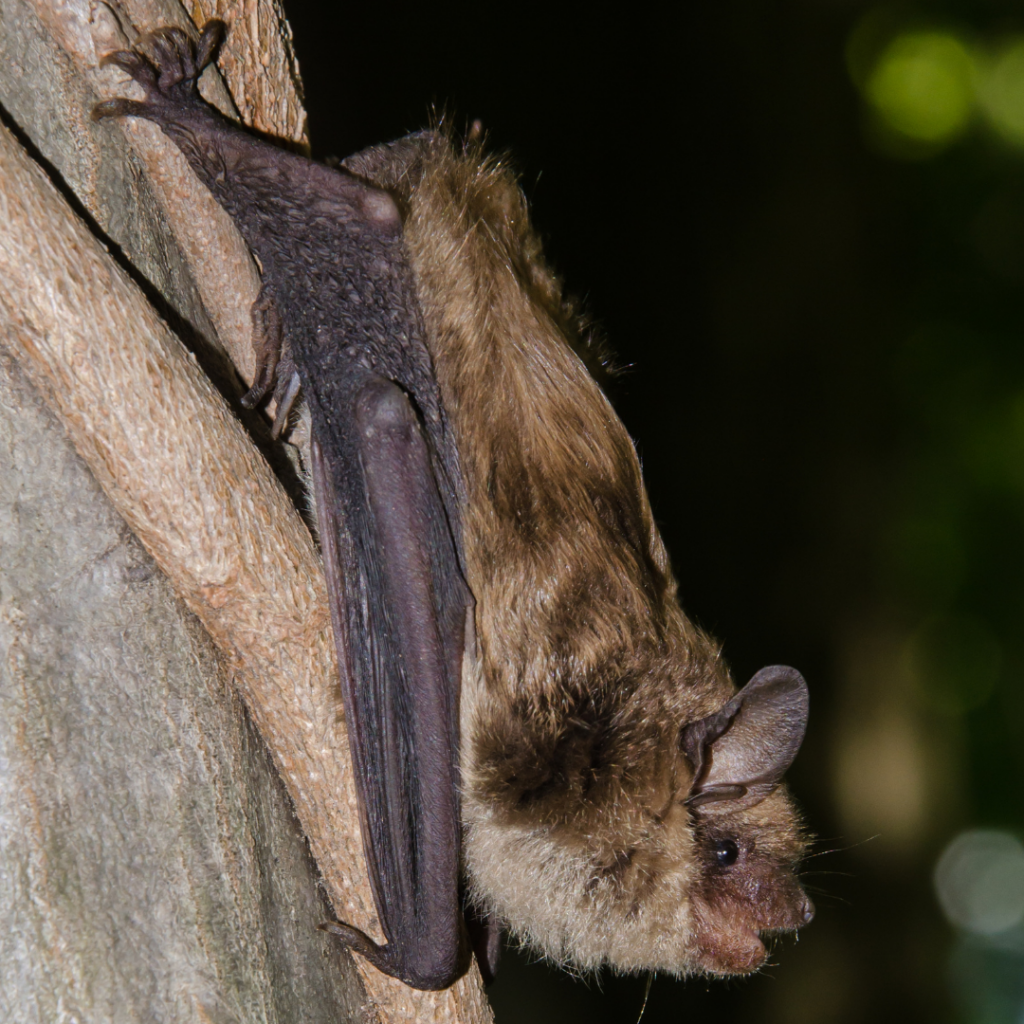
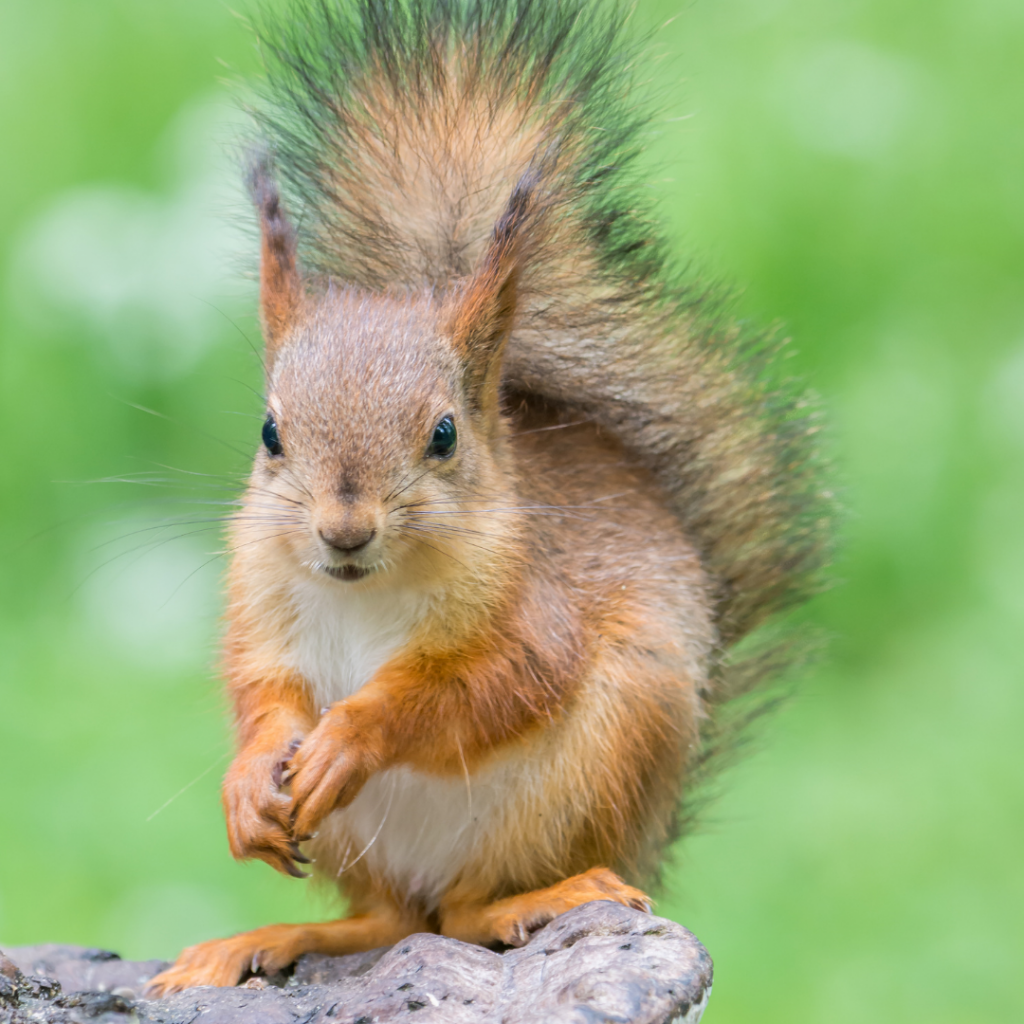
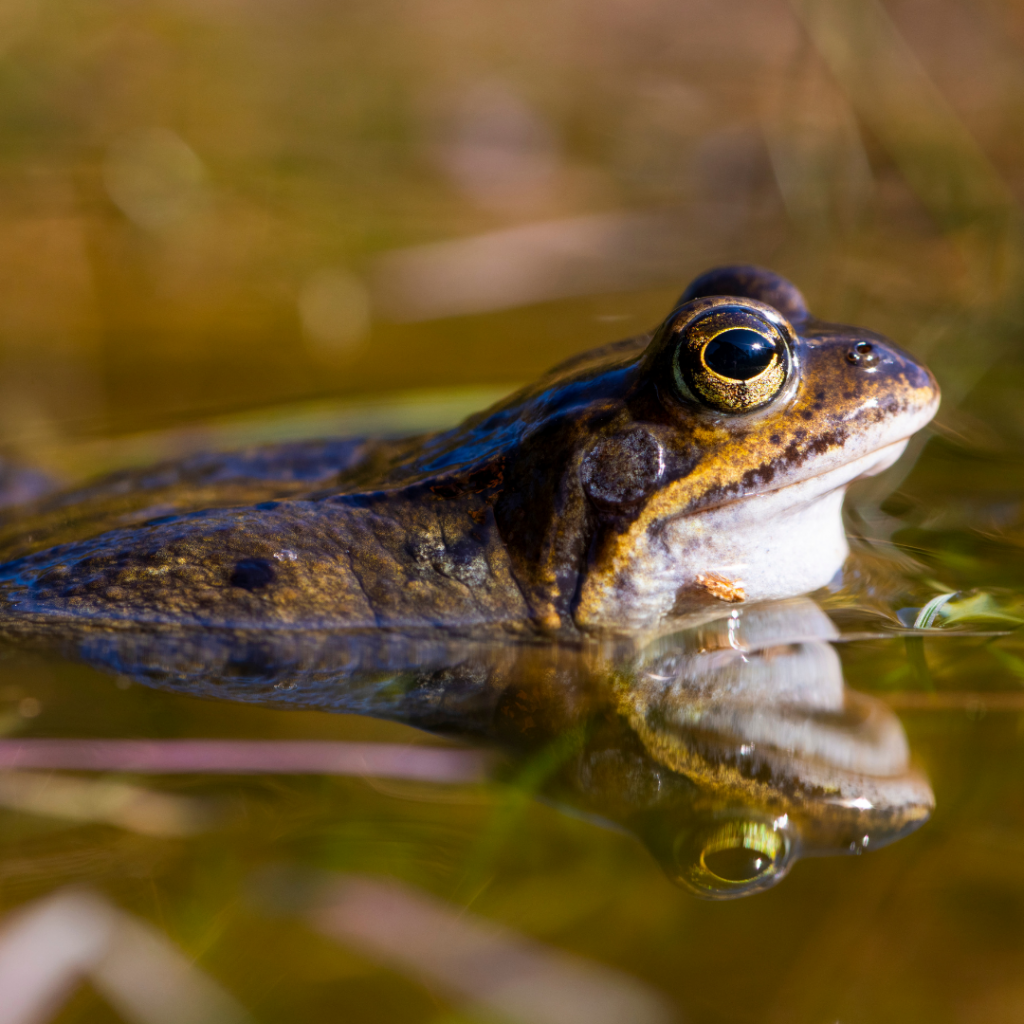
Let the flowers grow
Not only are flowers beautiful and bring a pop of colour to the garden, they also offer food and cover for many wildlife. Pollinating insects, birds and other garden creatures can feed off plant seeds and shelter under foliage. If you wanted an excuse to put off the de-weeding, your garden wildlife will appreciate the extra plants to eat and take shelter in.
Flowers for pollinators
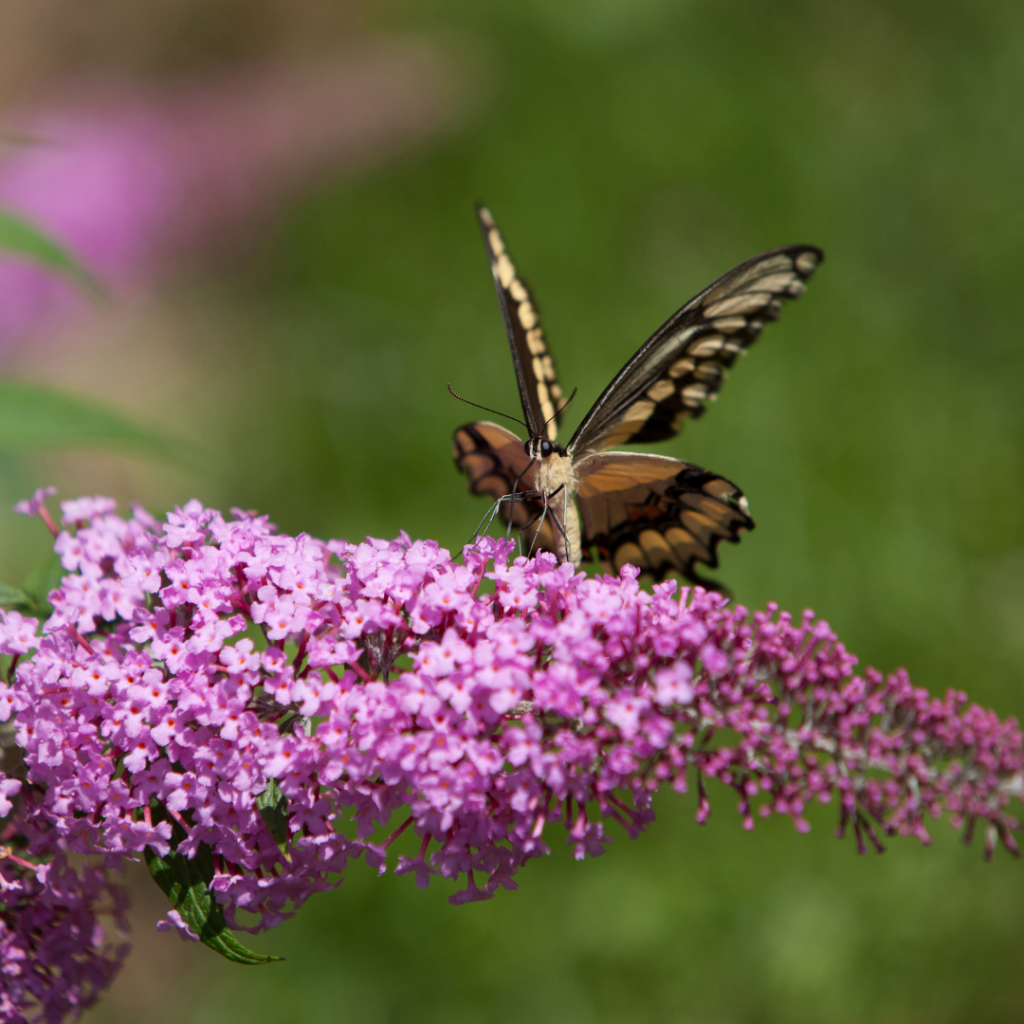
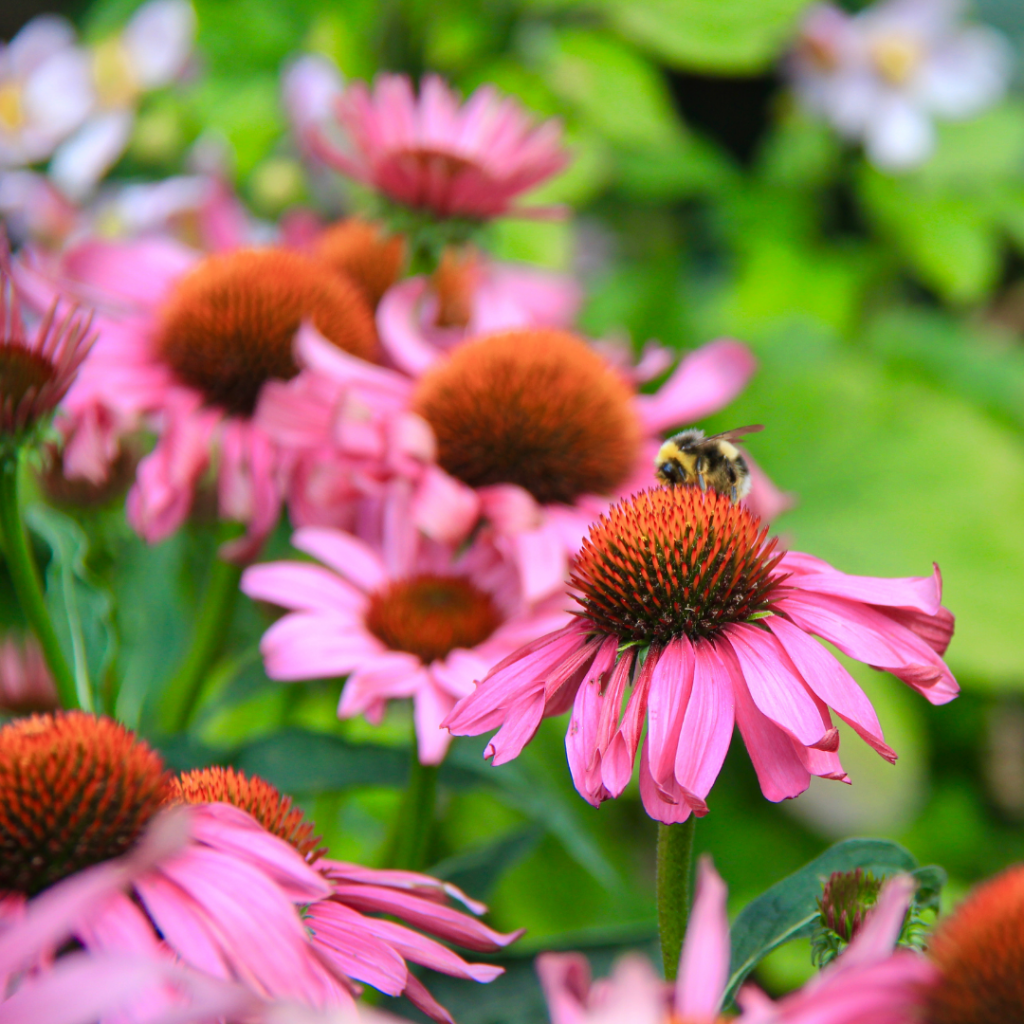
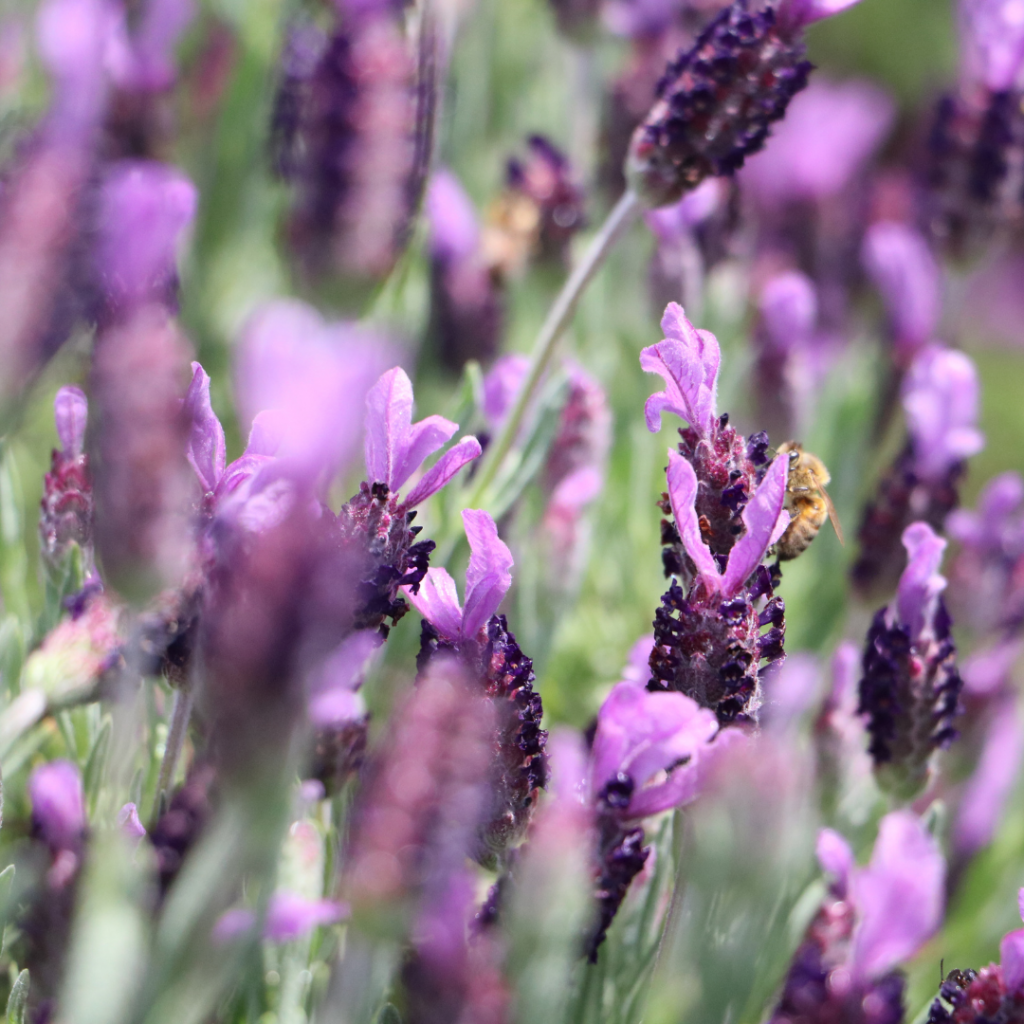
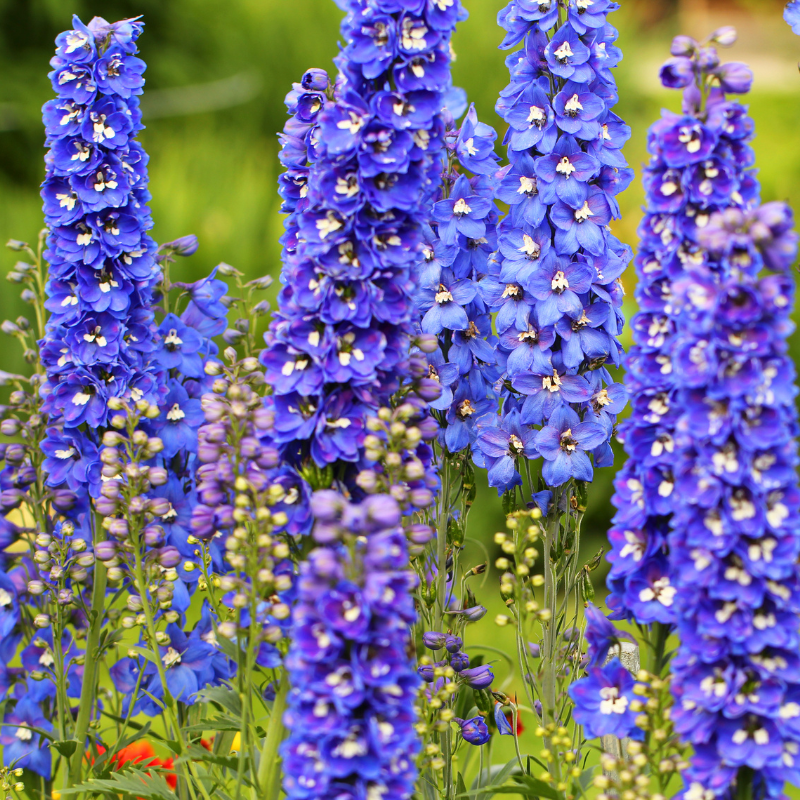
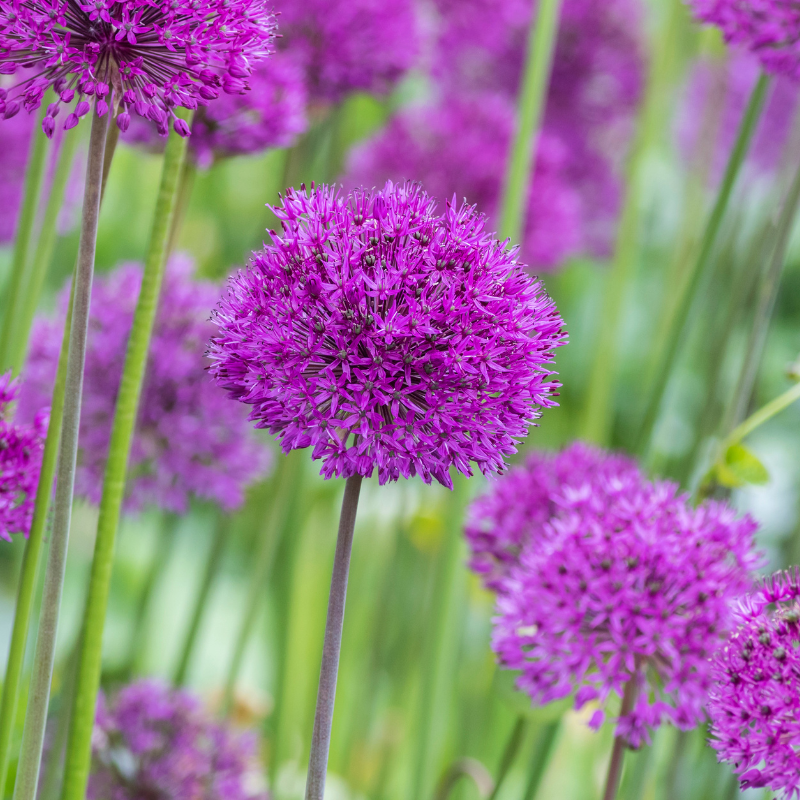
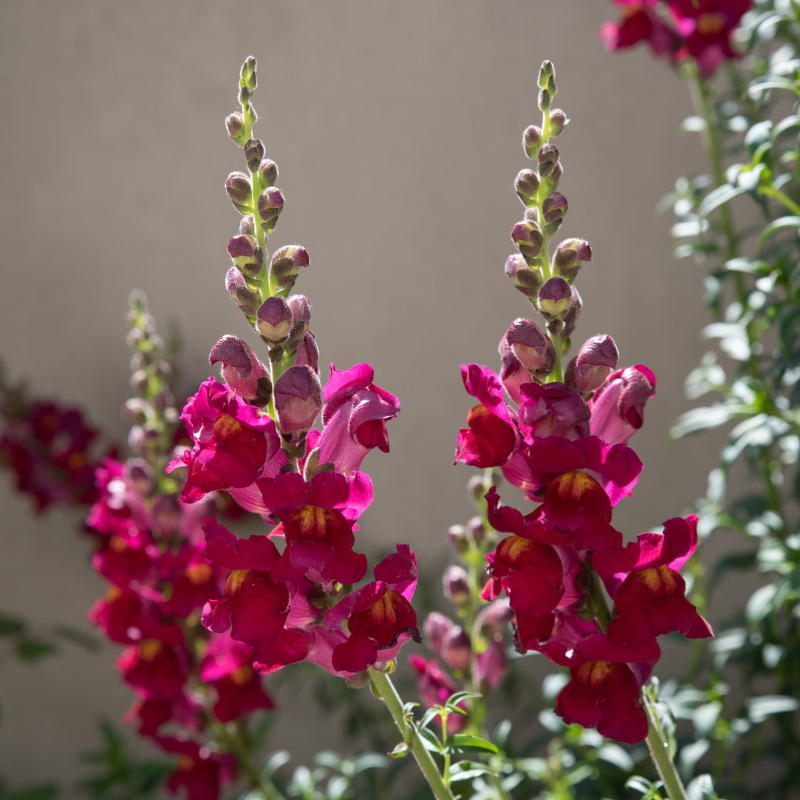
Flowers for birds
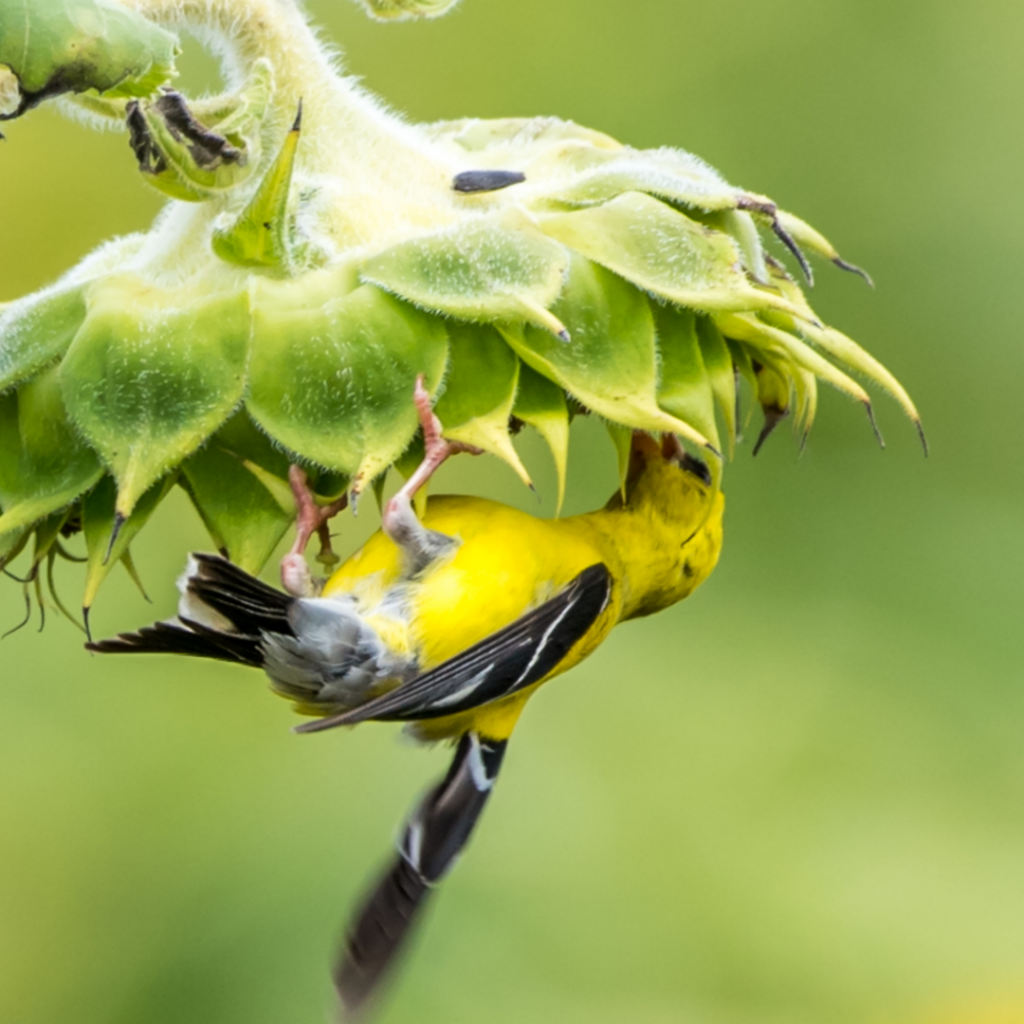
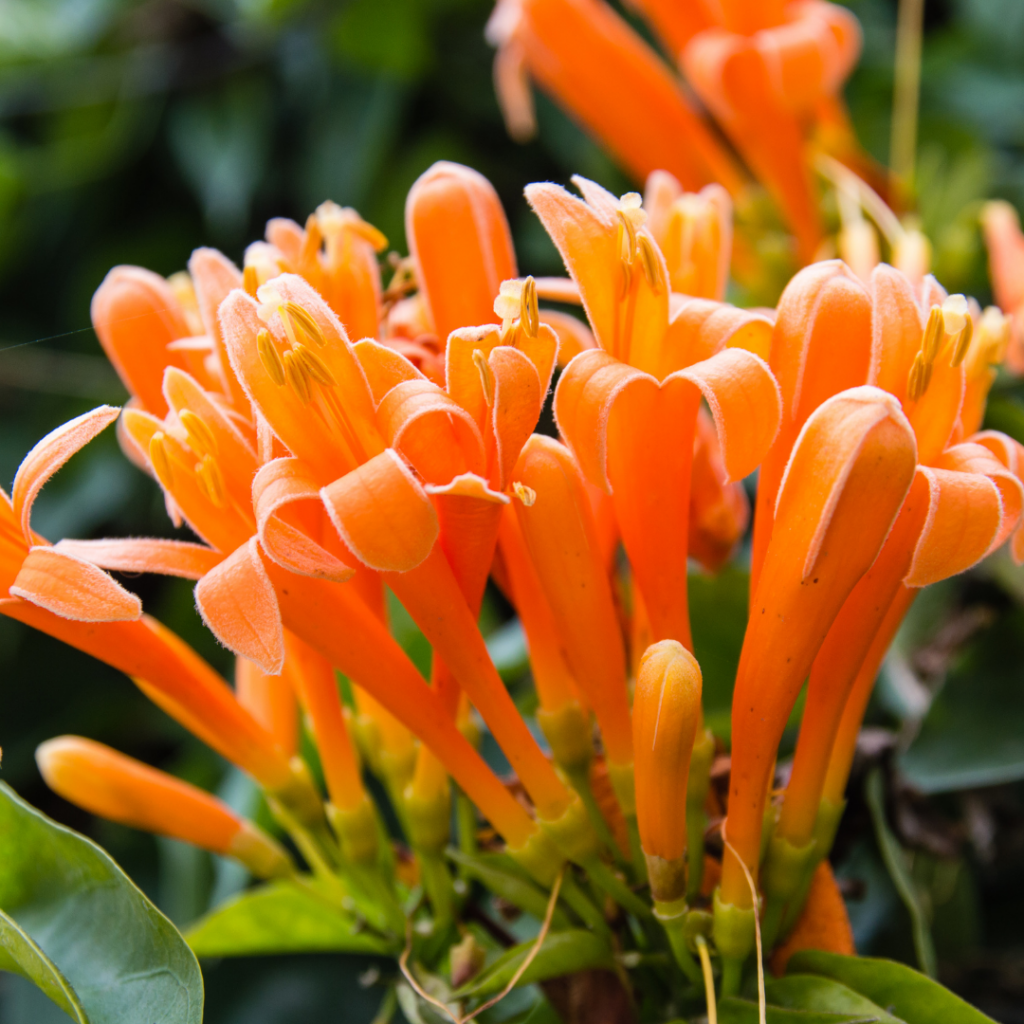
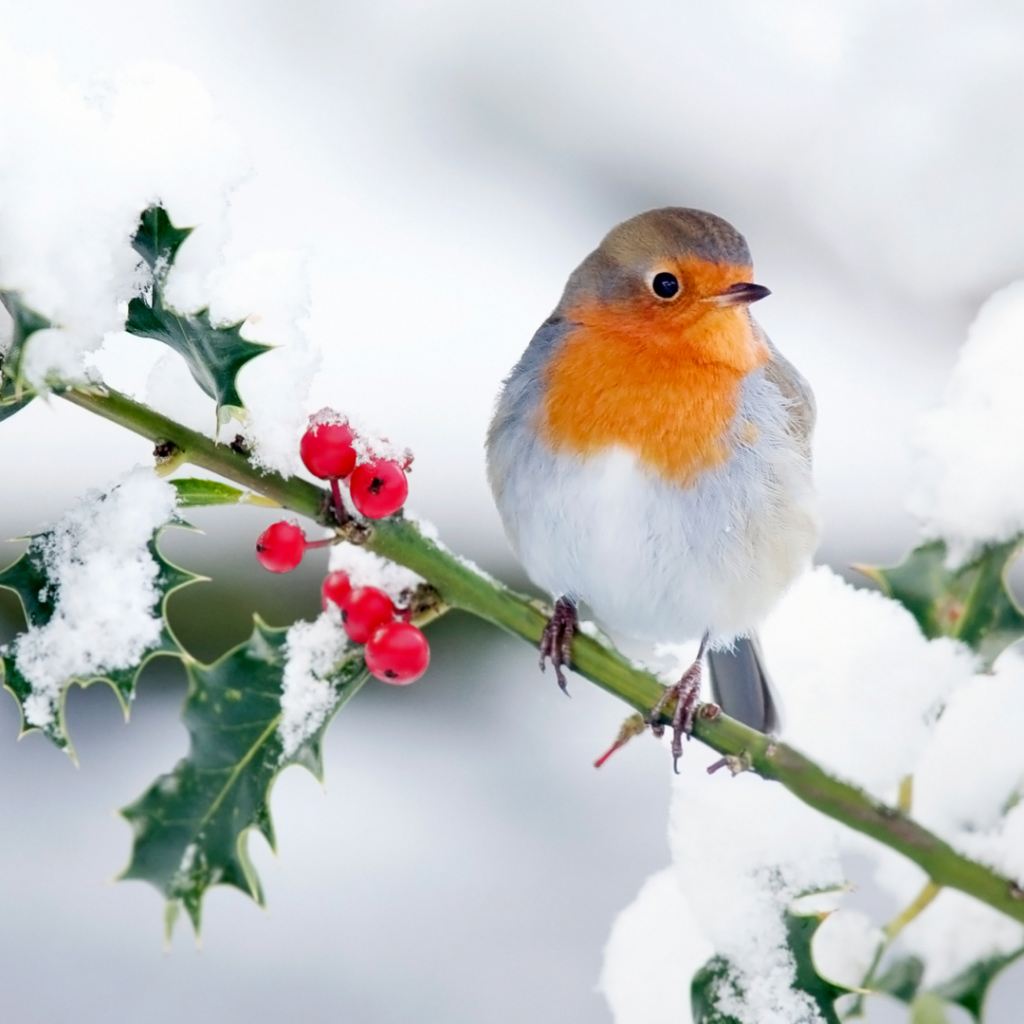
Keep your wildlife hydrated
Clean water supplies can be tricky to find in the wild, especially during the hot summer months. So just by regularly placing a bowl of fresh water outside can mean the difference between life and death to your garden wildlife. Hedgehogs and wild birds will particularly be inclined to visit your garden if they know a regular water supply will be waiting for them.
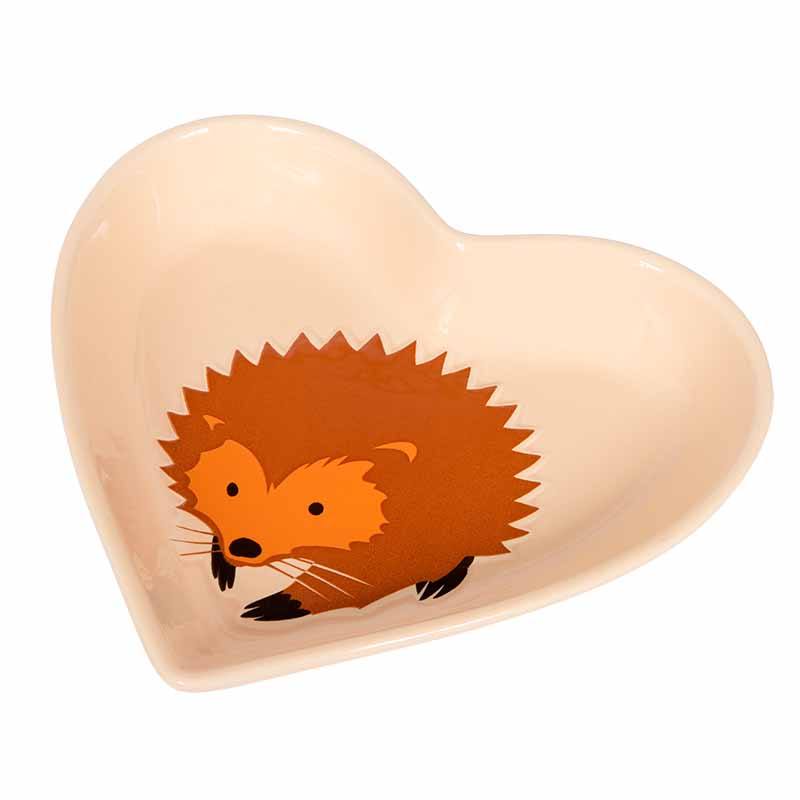
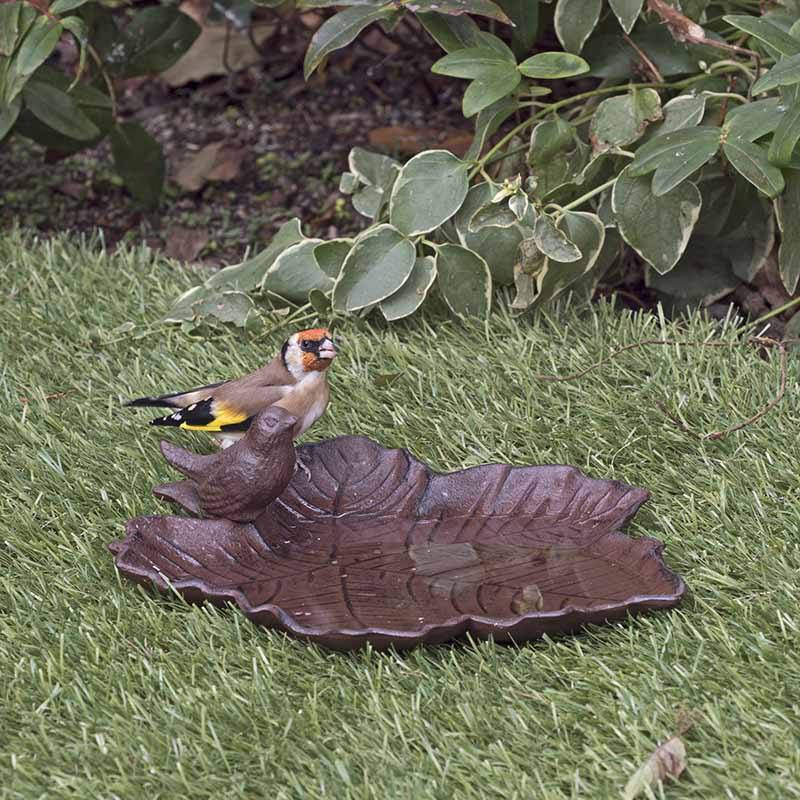
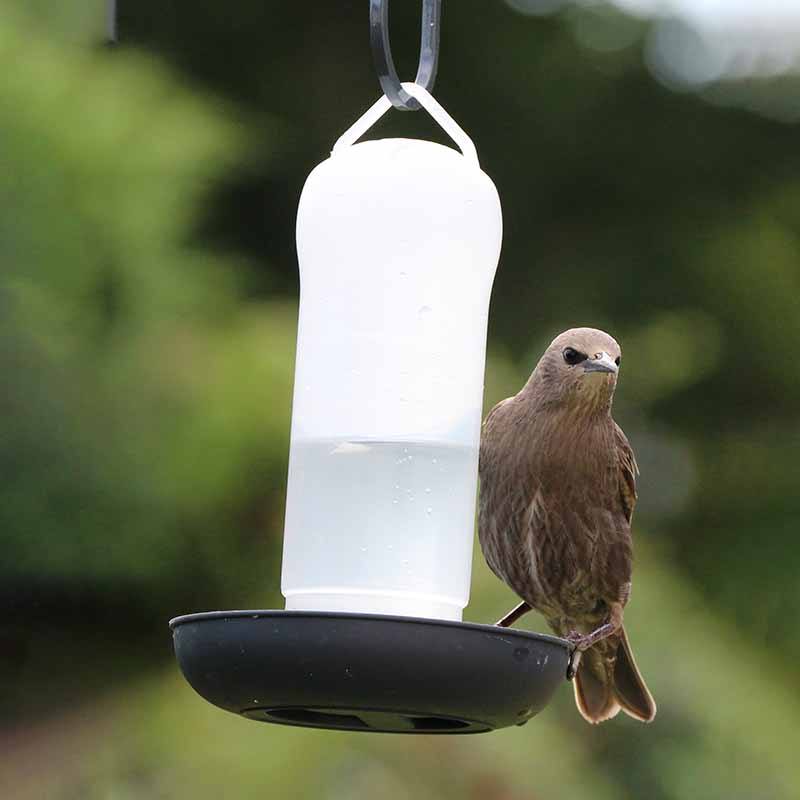
Give your garden friends a cosy home
There are many types of habitats you can place in your garden that can be home to a wide variety of species. With more buildings going up and concrete pavements being laid, there are fewer places for our wildlife to build a natural home. So let's give them one!
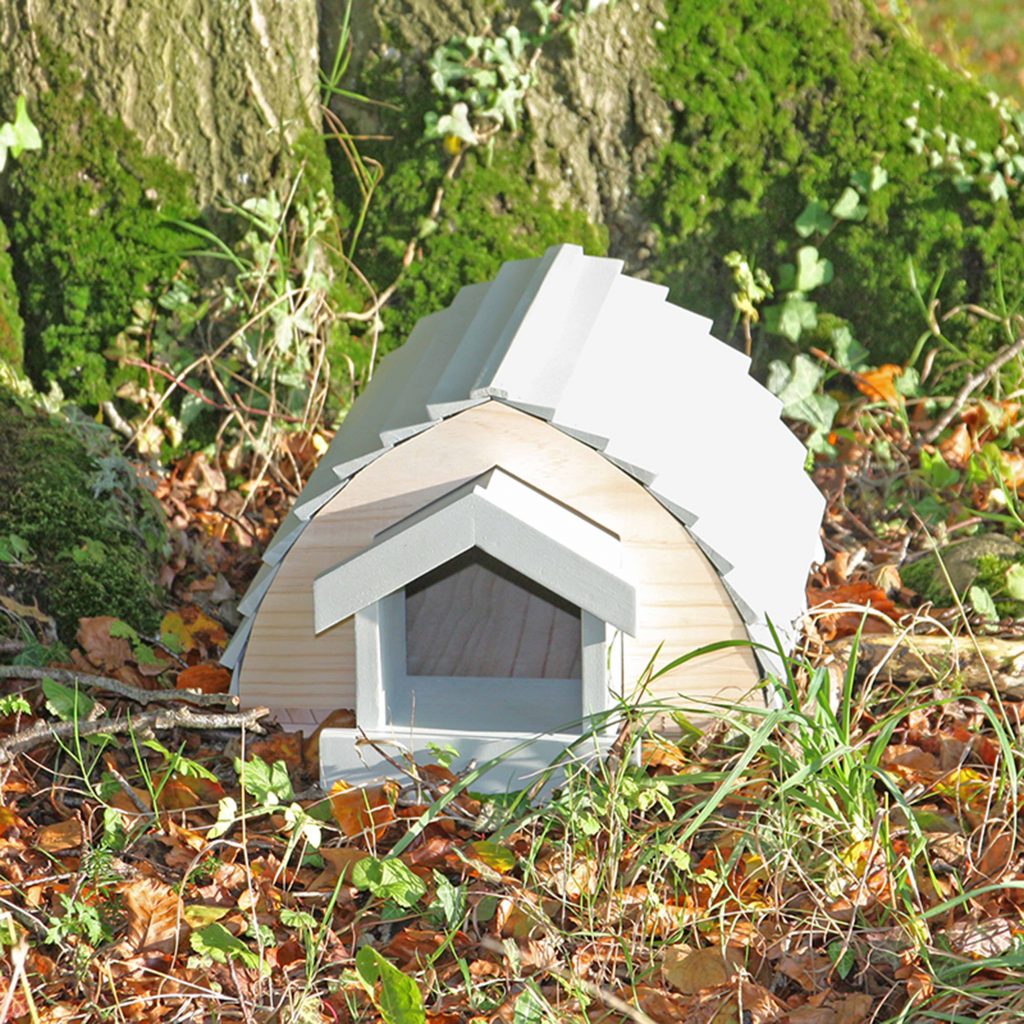
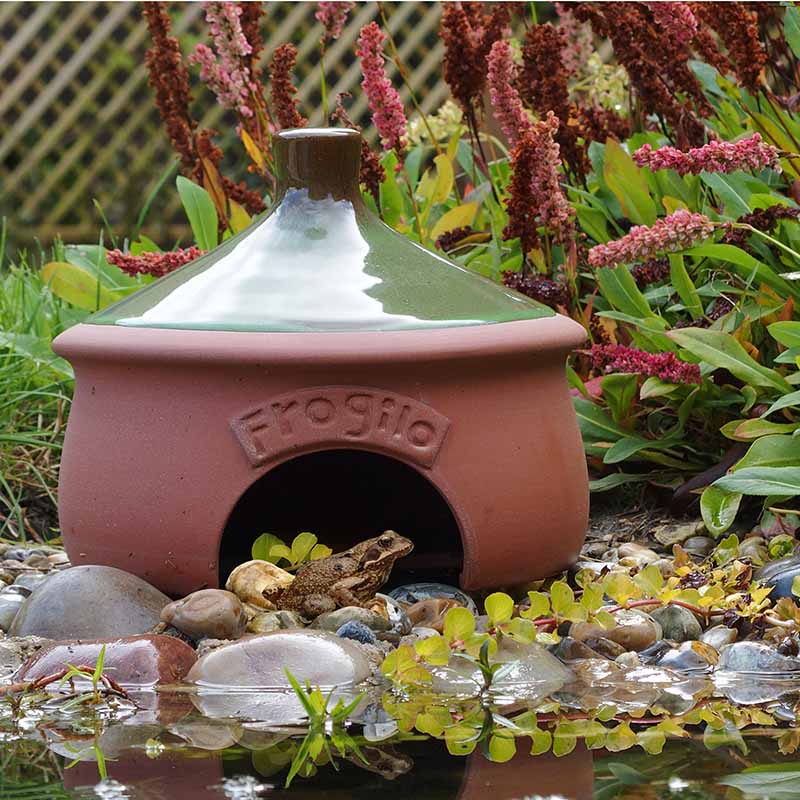
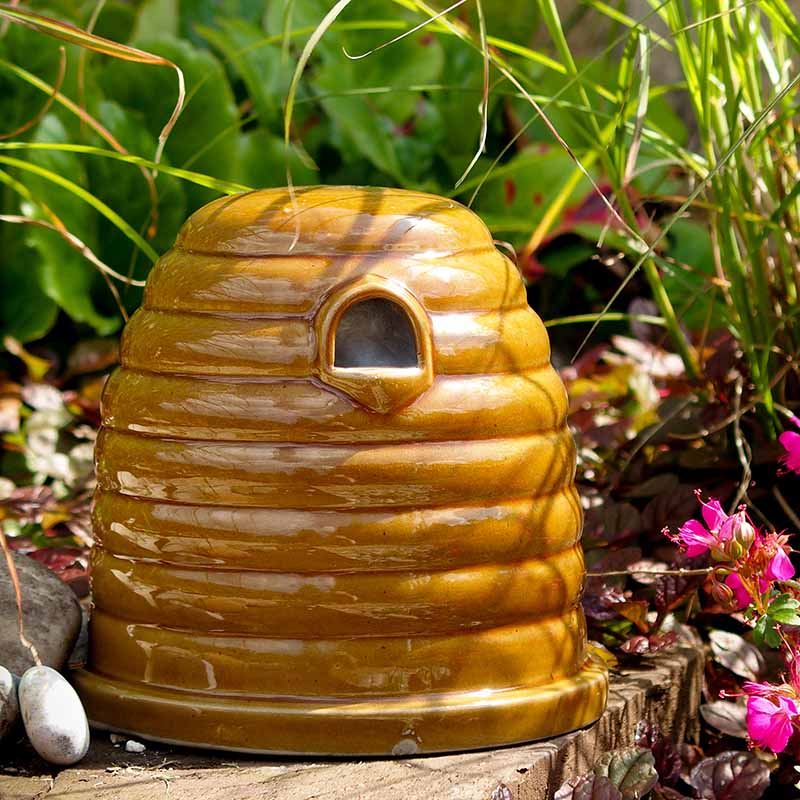
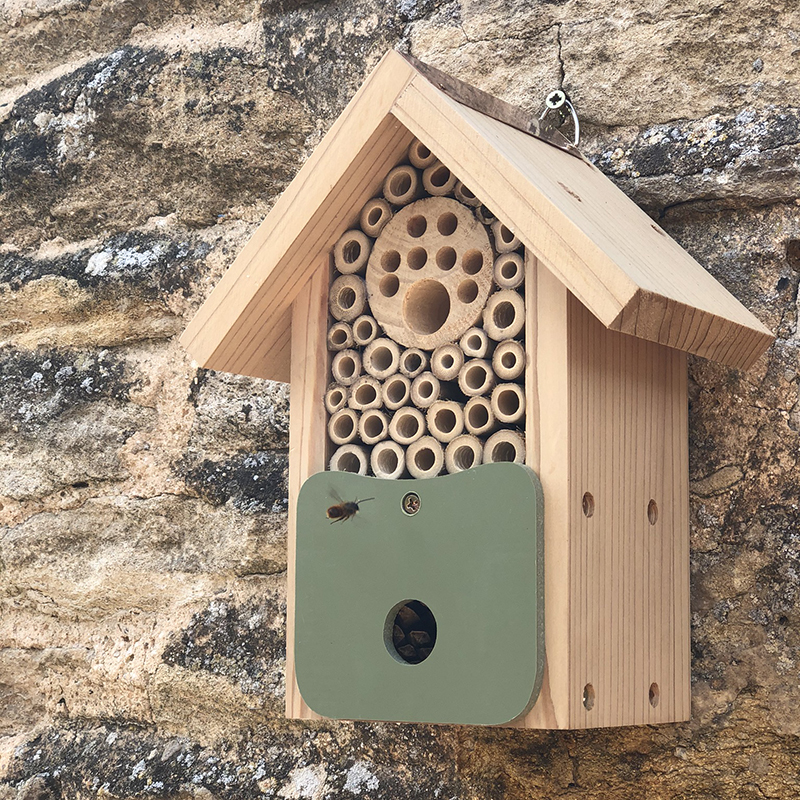
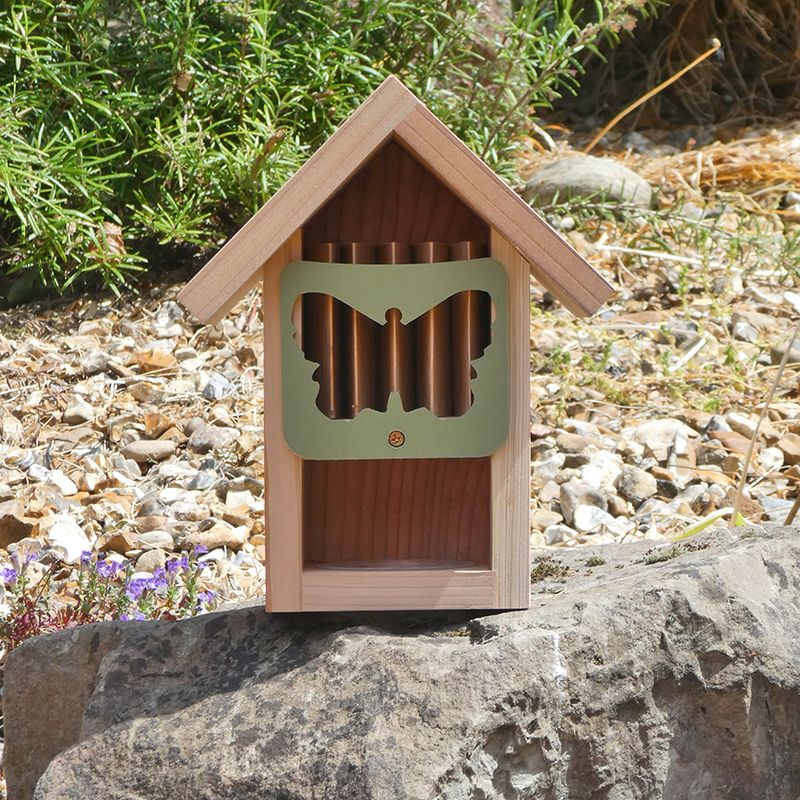
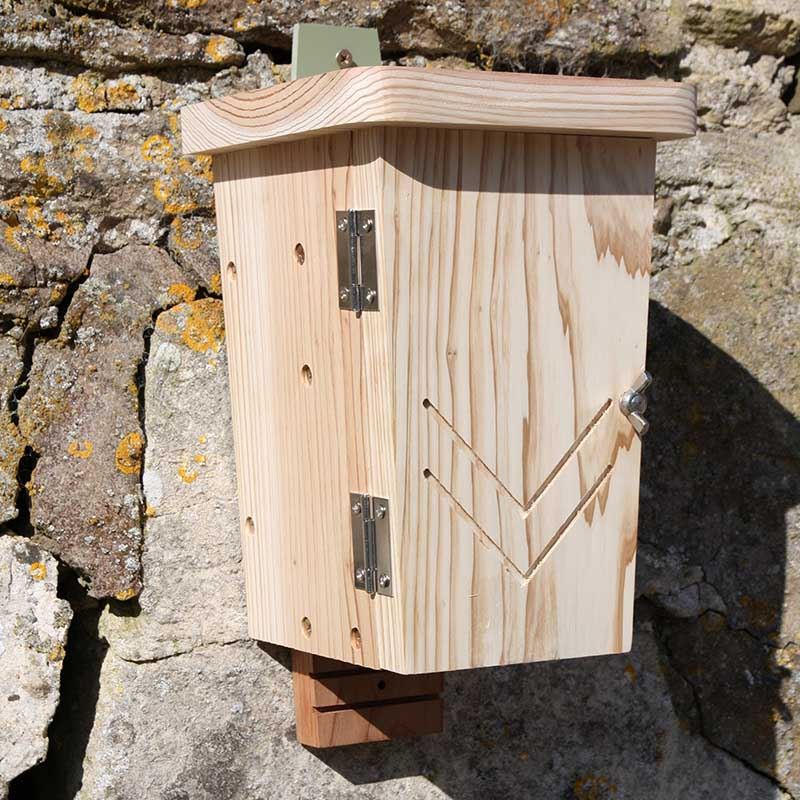
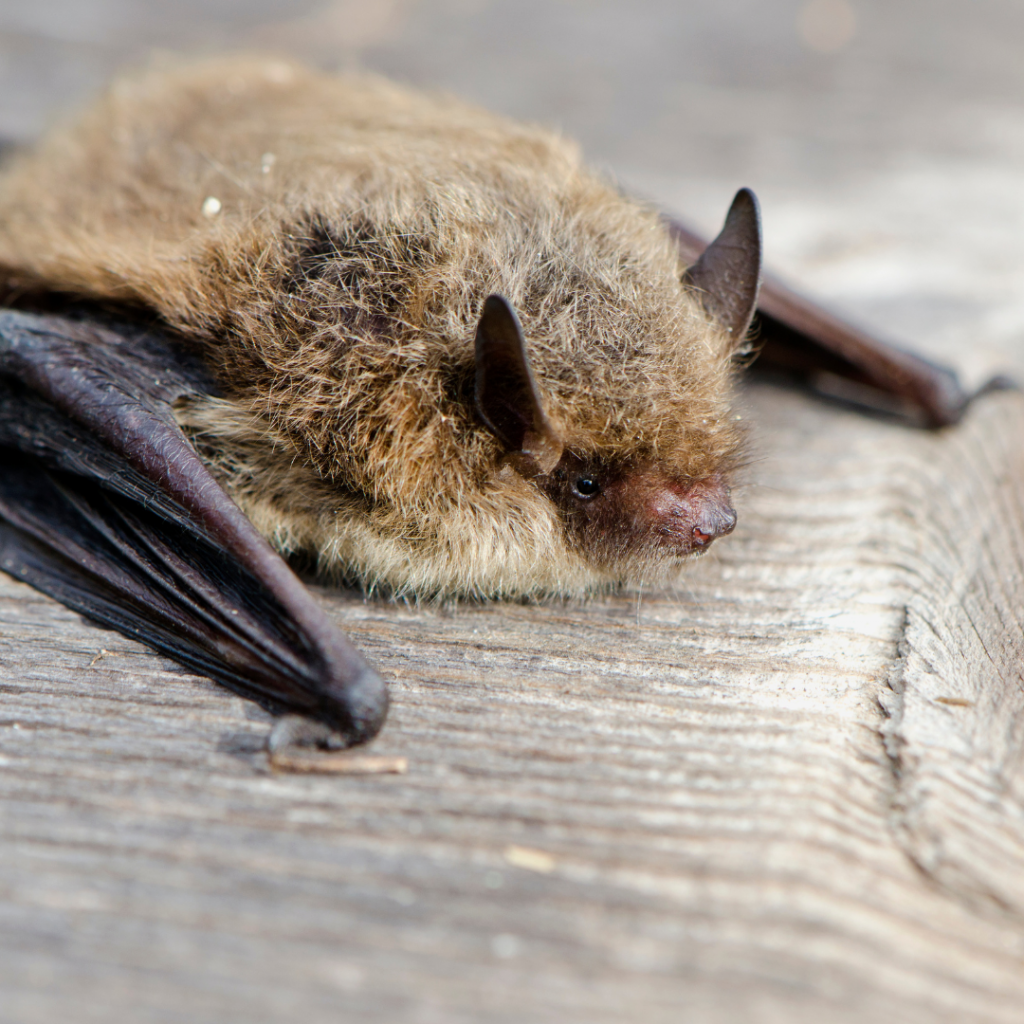
Nananananananana bat-garden!
This creature of the night will be an excellent asset in your garden, especially during the summer evenings. Pesky insects such as mosquitos and midges happen to be at the top of the bat's favourite food list. So when you see them glide around your garden, they're eating all the annoying insects, which leave you with less bother and bites. Attract bats in your garden by placing a bat box in your garden for shelter and ensuring a clean water supply.
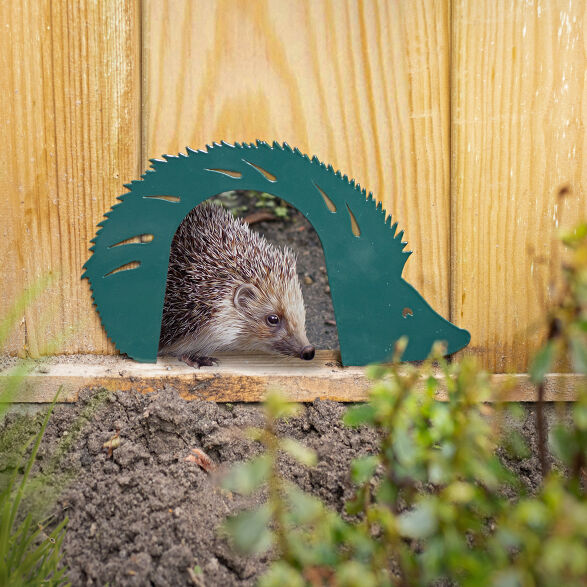
Heaps and highways
When you have been around for millions of years, sudden obstacles such as fences can be inconvenient. Why not cut a small hole in the bottom of the fences around your garden. You will be helping wildlife get around easier and encourage them into your garden too. Wildlife also LOVE a heap, albeit a compost heap and log pile, overgrown corner or even a large pile of leaves. They simply need to find somewhere to hunker down and feel safe.
Save the birds!
Many UK wild birds have faced a severe nationwide decline in population, including many well-loved species such as the song thrush, skylark, lapwing and house sparrow. The leading causes of this reduction are the lack of natural nesting holes and food.
Nest boxes
A nest box provides many benefits to birds. It gives them shelter during all seasons against harsh weather and protection from predators. Most importantly, nest boxes offer a safe place for birds to lay eggs and bring in the next generation to up their population. Below are a few examples of bird boxes that will work great in your garden, and if you would like more information on where to place your box, check out our The Beginner’s Guide to Putting up a Nest Box.
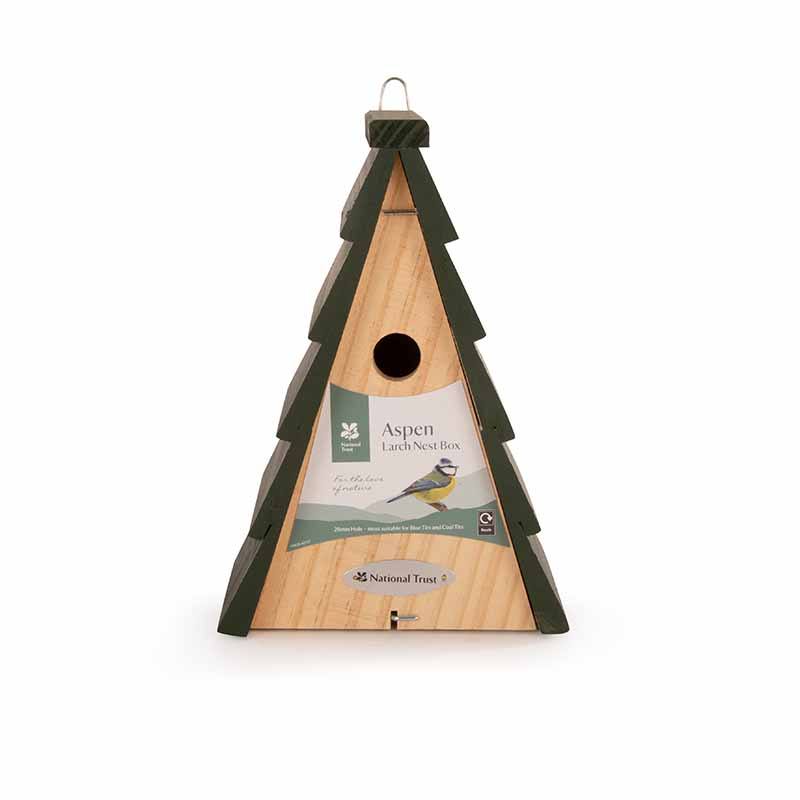
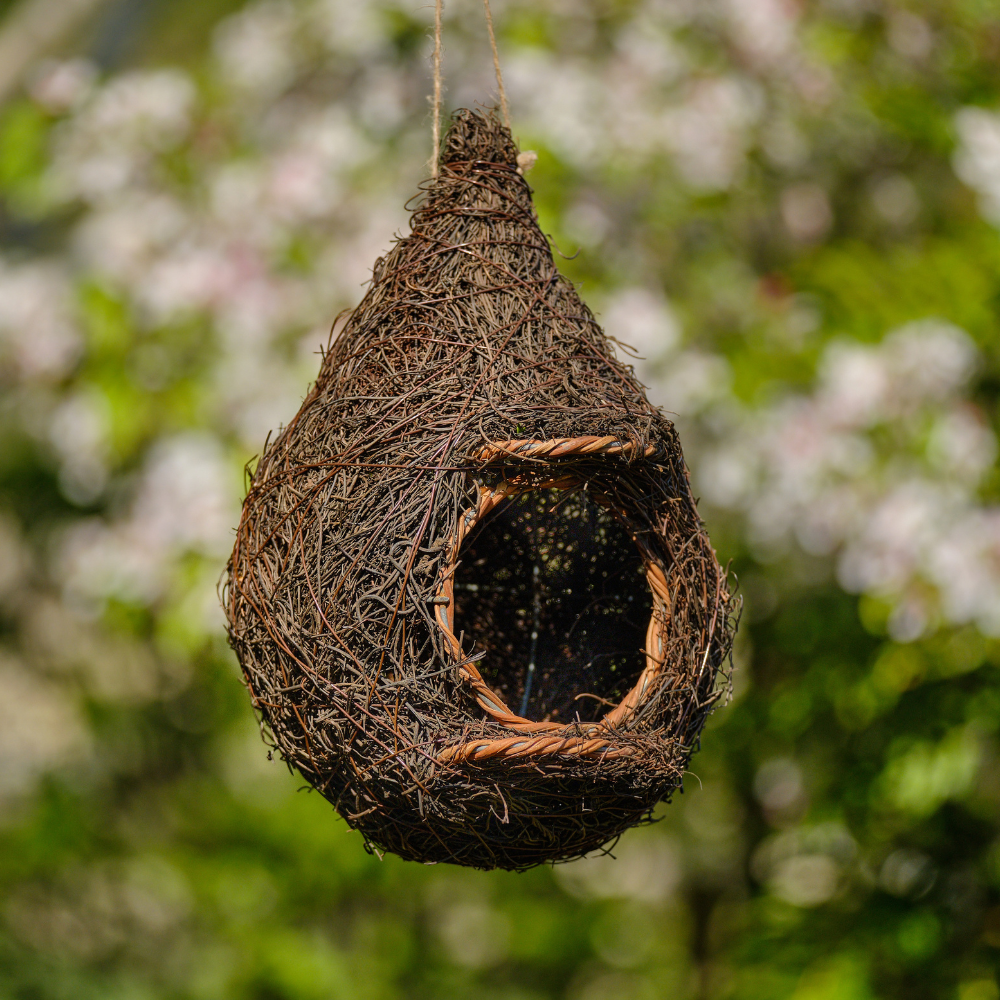
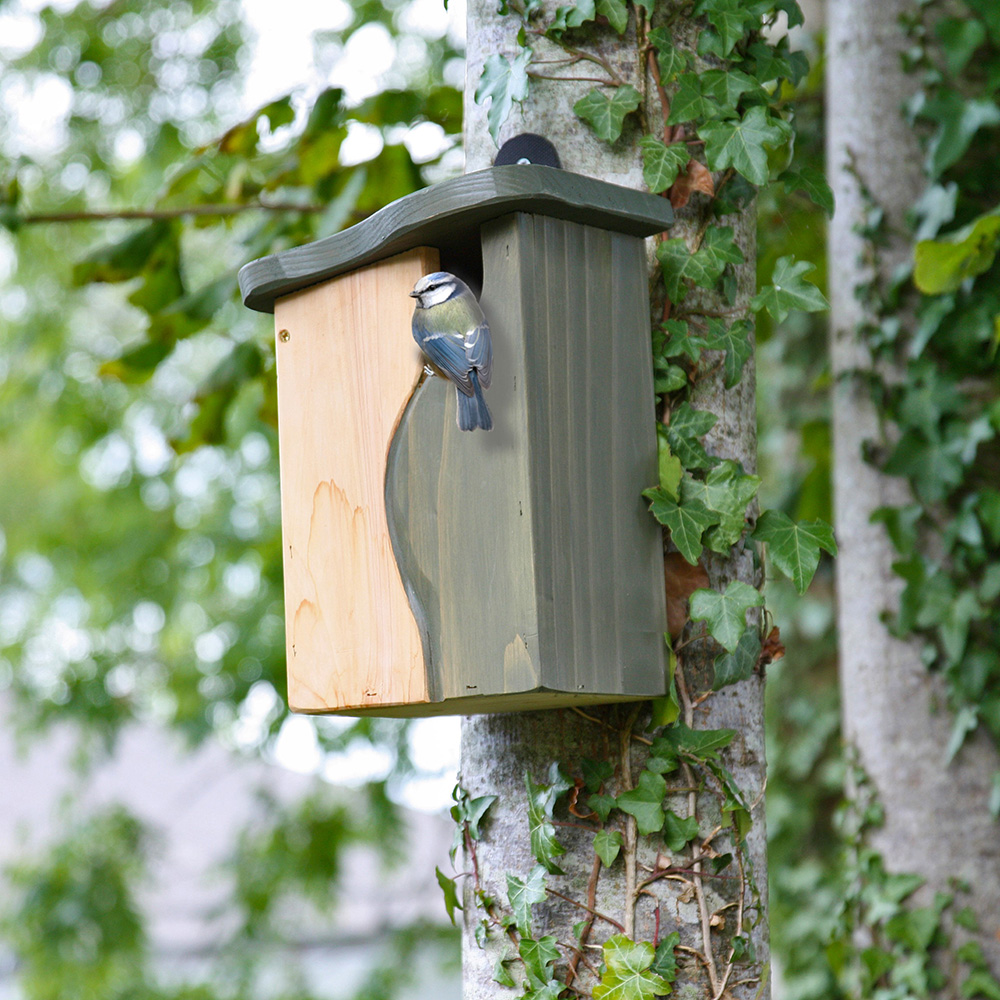
Bird food
Offering birds a nutritious, high-fat food supply gives them the energy they need to survive in the wild. It's always best to buy premium quality bird food as cheaper mixes contain 'fillers' such as millet or wheat, which aren't suitable for a bird's diet.
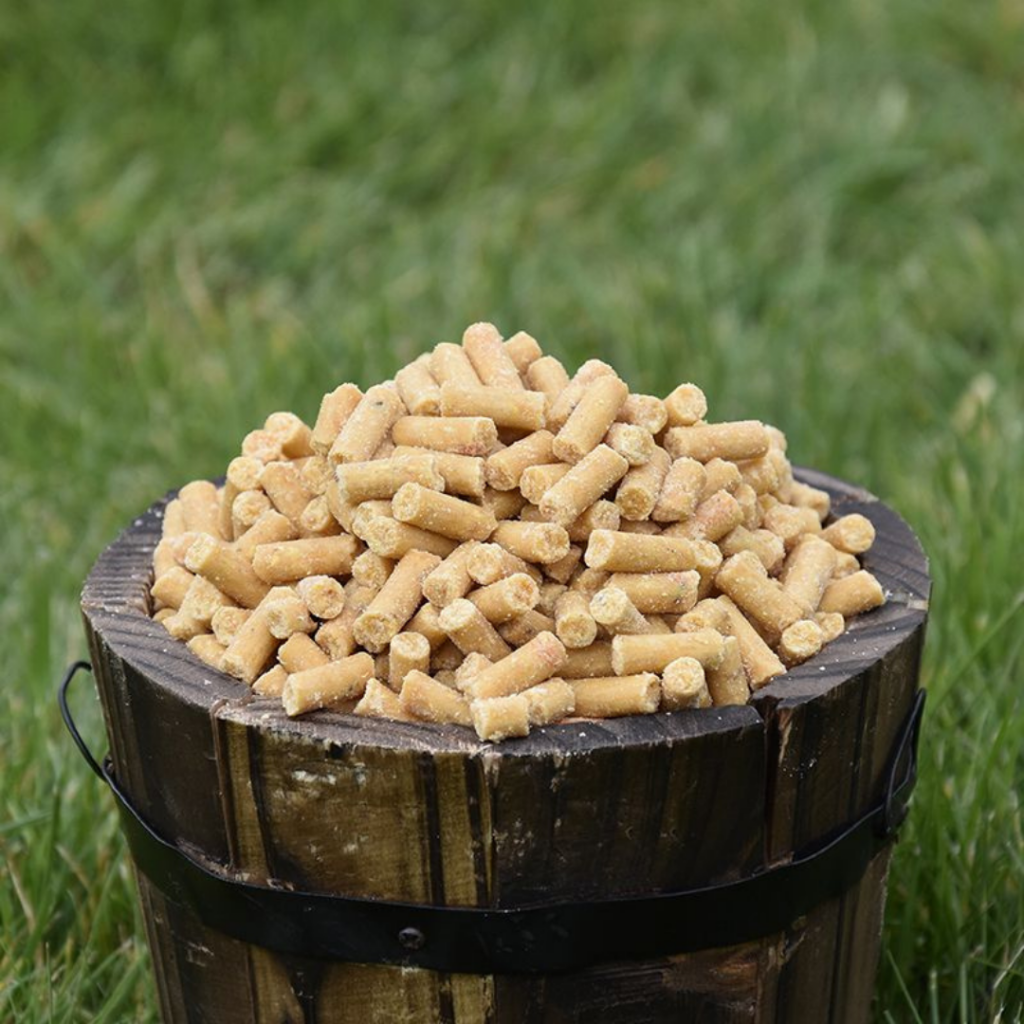
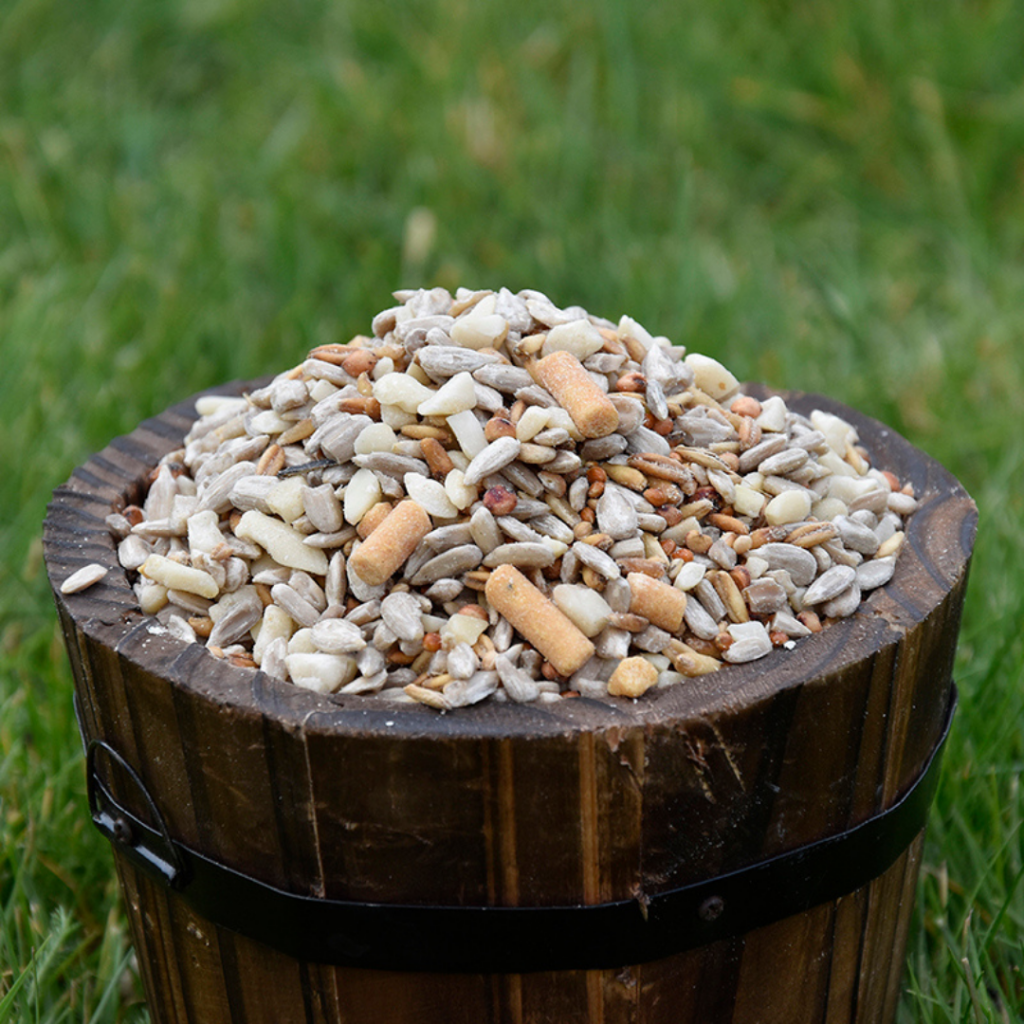
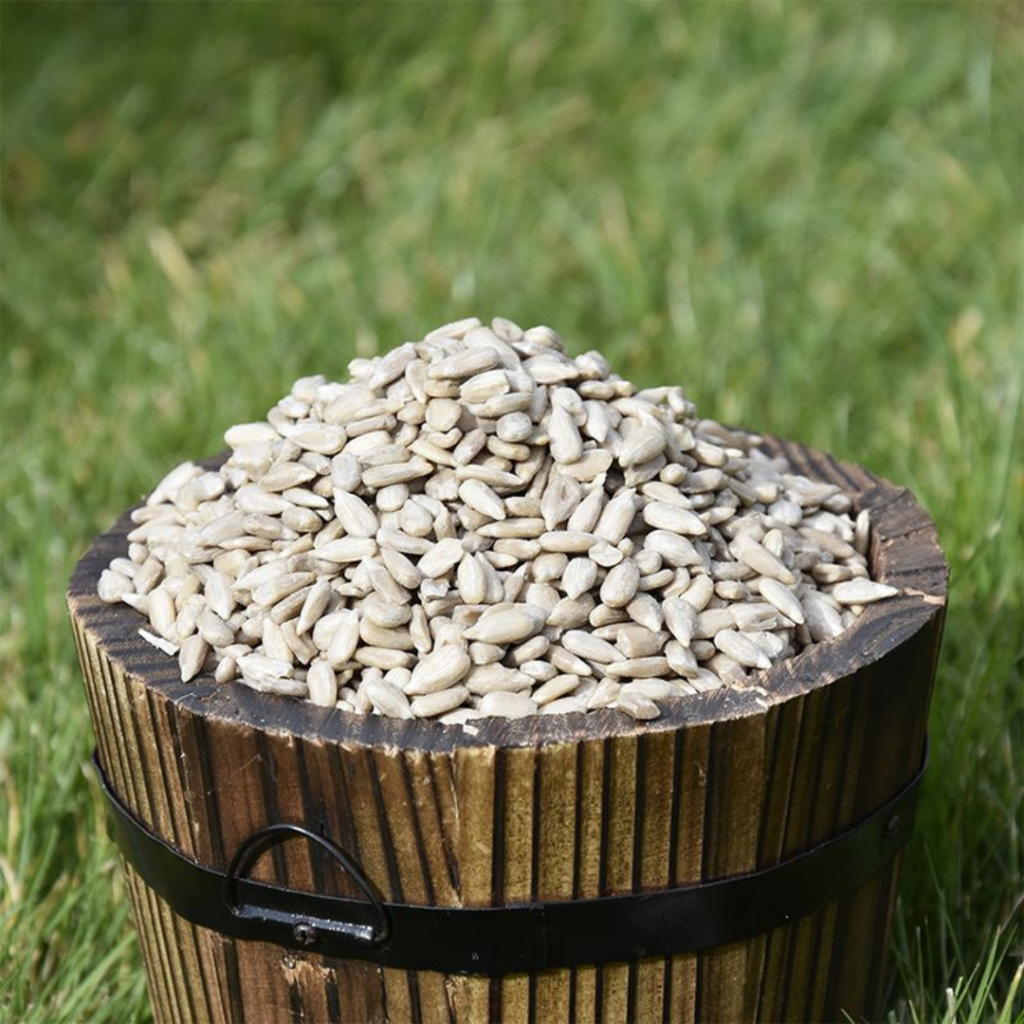
Bird feeders
When it comes to bird feeders, the more, the merrier! Attract and feed more birds in your garden by placing bird feeders in different areas. Feeders come in all shapes and sizes that can be tailored for certain species to use. Below are the most popular styles.
